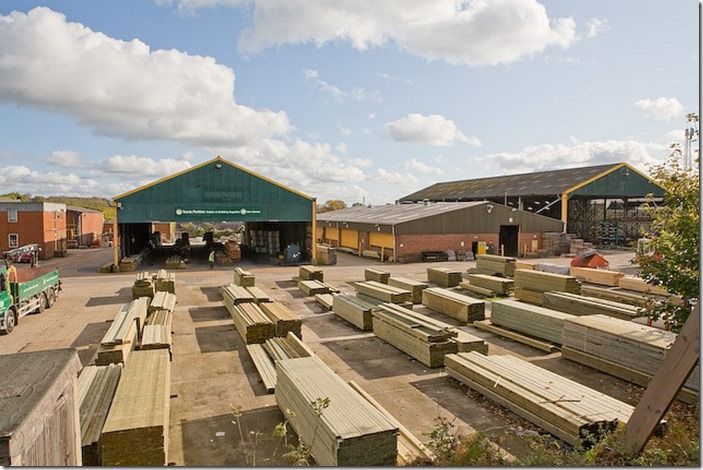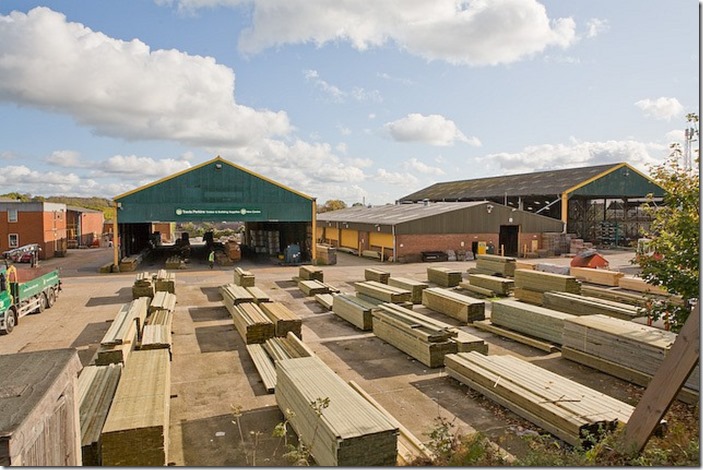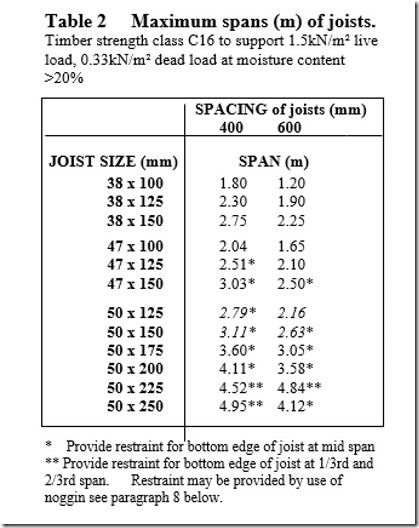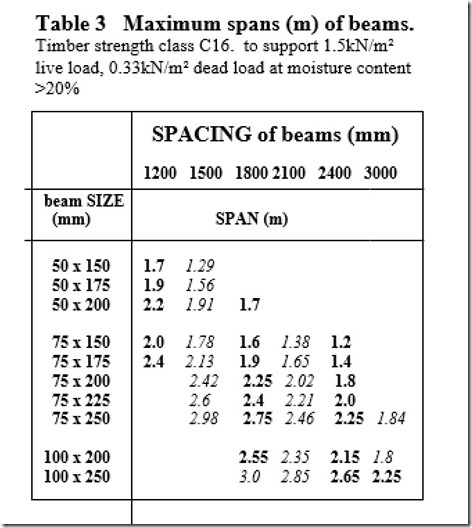
Timber Specification for Landscape Design
Timber Specification: Understanding Quality and Strength
The proper timber specification is very important as it’s a natural material and therefore its quality varies considerably. Defects can include knots and shakes (splits down the grain), twist, etc. Softwood joinery is classified into 3 qualities in British Standard EN 942. Class 1 is the best quality down to Class 3, the poorest. The highest class will have no splits or shakes, etc., and any knots will be small.
This classification is for its visual quality only and not its strength. For garden designers, some timber specification may require joinery grade, eg shiplap cladding, but for structural use, timber is a “safety critical” element of construction, where structural strength is essential.
The method of timber specification, ensuring a guaranteed minimum timber strength is to specify a strength graded timber to BS EN 1995-1-1:2004+A2:2014 or EN 14081-1-4. This Standard is supported by EN 338 and covers the visual grading of timber by a trained individual. BS EN 519 covers the modern automatic machine grading process.
All strength graded timber is stamped to show its grade. Visual grading sorts timber into GS (General Structural) and SS (Special Structural) grades. These grades may still be used in some publication. Modern machine grading uses the designation C16, C18, …. C24; the higher the number the stronger the timber.
The rules of thumb and the softwood span tables on timber construction assume that the “strength class” to be used is C16. (i.e. a coniferous timber grade 16 which is not particularly strong). C16 is equivalent to “GS” grade and C24 is equivalent to “SS” grade. The grades discussed above are for softwood (coniferous timber). The designation for tropical hardwood structural grade is “HS” to BS 5756 and for Temperate Hardwood structural grade is TH1 or TH2 (eg oak or sweet chestnut).
There are different grading systems used by different countries to specify the strength class of the timber. The above summary is sufficient to cover a complex subject when practising the UK
If you would like to learn more about garden design, consider taking one of our professional courses. Garden Design Diploma Course or our Construction Business & Professional Practice Course




